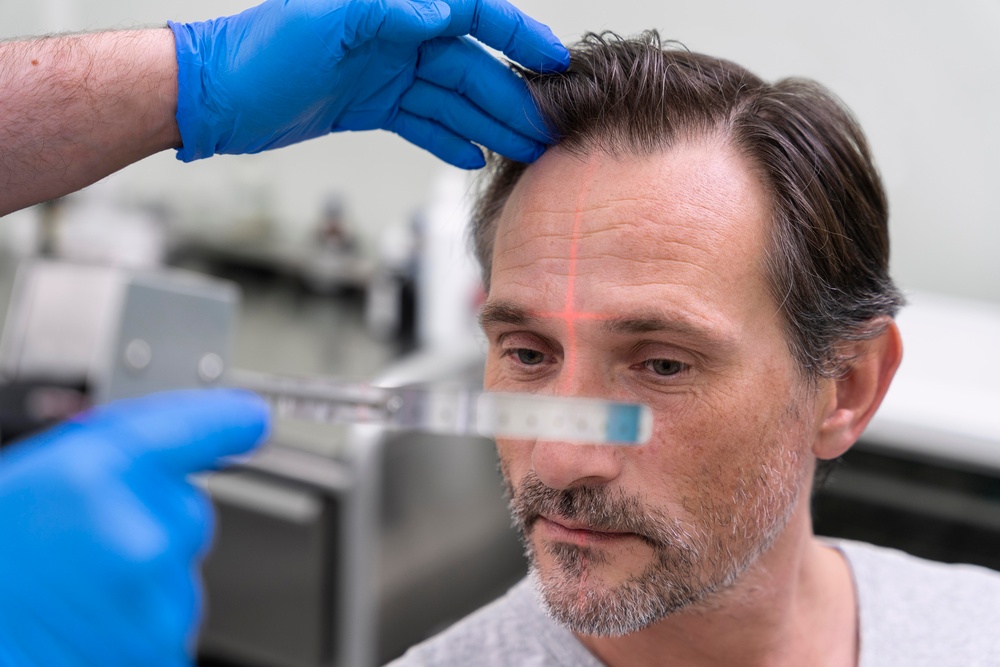Hair loss can significantly impact self-confidence, leading many to explore hair restoration solutions. A hair transplant UK is a popular and effective method to restore hair, but it is not suitable for everyone. Before making a decision, it is crucial to understand the procedure, types of transplants available, costs, recovery expectations, and potential risks. This guide will help you determine if a hair transplant is the right choice for you.
Understanding Hair Transplantation
Hair transplantation is a surgical procedure that involves moving hair follicles from one part of the body (donor area) to a bald or thinning area (recipient site). The two most common techniques used are Follicular Unit Transplantation FUT hair transplant and Follicular Unit Extraction (FUE). Each method has distinct benefits and suitability depending on individual circumstances.
Key Factors to Consider Before Opting for a Hair Transplant
1. The Cause of Hair Loss
Understanding the cause of your hair loss is crucial in determining whether a hair transplant will be effective. Androgenetic alopecia (male or female pattern baldness) is the most common reason individuals seek a hair transplant. However, if your hair loss is due to medical conditions, stress, or medications, a transplant may not be the best solution.
2. Candidacy for a Hair Transplant
Not everyone is an ideal candidate for a hair transplant. Here are some factors that determine suitability:
- Sufficient Donor Hair: A successful hair transplant in the UK requires a healthy donor area, typically at the back of the scalp.
- Stable Hair Loss: Candidates should have stabilized hair loss to ensure the transplant results remain natural over time.
- Overall Health: Individuals with underlying medical conditions, such as uncontrolled diabetes or scalp disorders, may not be ideal candidates.
3. Choosing the Right Type of Hair Transplant
Depending on your needs, different types of hair transplants are available:
FUT Hair Transplant
FUT involves removing a strip of skin with hair follicles from the donor area, which is then dissected into individual grafts. It is beneficial for those requiring a large number of grafts. However, it does leave a linear scar, which may be visible if you prefer short hairstyles.
Beard Transplant
For individuals with patchy or thin facial hair, a beard transplant is an excellent option. This procedure extracts hair from the scalp and implants it into the beard area, providing a fuller and more defined beard.
Eyebrow Transplant
A natural-looking eyebrow transplant is ideal for individuals with sparse or overplucked eyebrows. The procedure enhances eyebrow thickness and shape, contributing to facial symmetry.
4. Cost of a Hair Transplant in the UK
The cost of a hair transplant in the UK varies depending on the clinic, surgeon’s expertise, the number of grafts required, and the technique used. On average, FUT hair transplants may cost between £3,000 – £7,000, while FUE can be slightly more expensive. Specialized procedures like beard transplants and eyebrow transplants may have different pricing structures.
5. The Recovery Process
Recovery time varies depending on the type of hair transplant performed. FUT hair transplant may take longer to heal due to the nature of the procedure, while FUE has a quicker recovery period. Patients can typically return to work within a week but must follow post-operative care instructions, such as avoiding strenuous activities and protecting the scalp from direct sunlight.
6. Risks and Possible Side Effects
While hair transplants are generally safe, there are some potential risks, including:
- Scarring: More common with FUT hair transplants.
- Infection: Proper aftercare is crucial to prevent infections.
- Shock Loss: Temporary shedding of transplanted hair, which usually regrows.
- Uneven Growth: It may take several months for the full results to appear.
7. Setting Realistic Expectations
Hair transplants offer natural-looking results, but it is essential to set realistic expectations. Hair restoration is a gradual process, and full results may take 12-18 months to become visible. Additionally, a hair transplant in the UK does not prevent future hair loss, so maintenance treatments or medications like Minoxidil or Finasteride may be recommended.
Conclusion
A hair transplant can be a life-changing procedure, helping to restore confidence and improve appearance. However, it is crucial to assess your eligibility, understand the different transplant types (including FUT hair transplant, beard transplant, and eyebrow transplant), consider costs, and set realistic expectations before making a decision. If you are considering a hair transplant in the UK, consult with a reputable specialist to discuss your options and ensure the best possible outcome.









